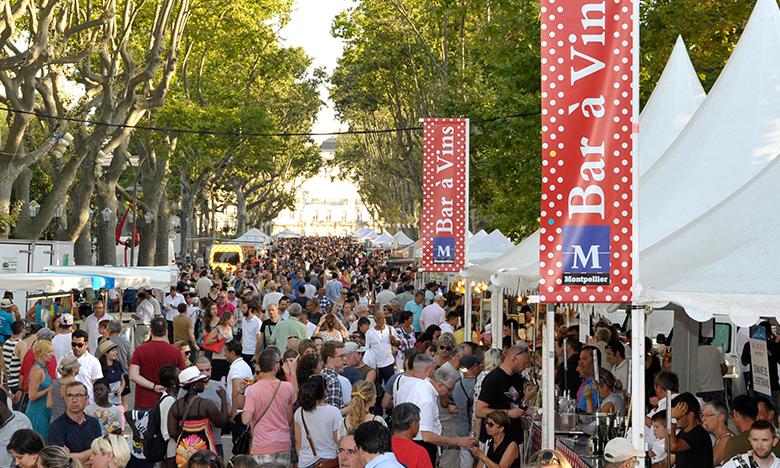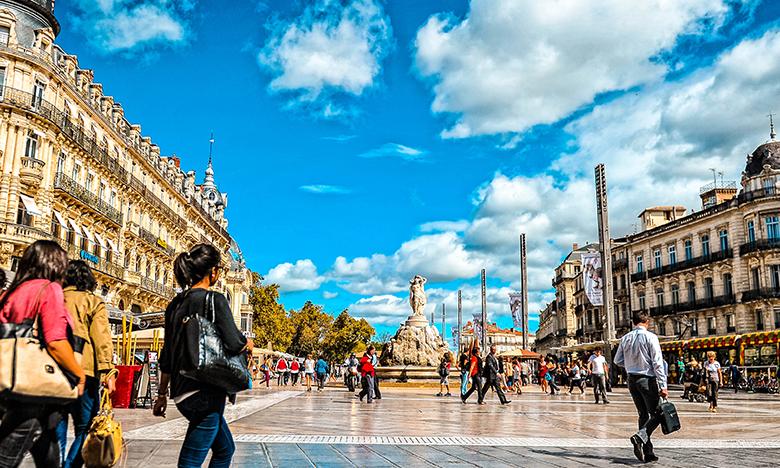MONTPELLIER – www.montpellier-france.com
In the pedestrianized Ecusson – Montpellier’s 1,000-year-old medieval center of narrow alleyways – elegant buildings give the city a relaxed and cosmopolitan air, especially on its wide and attractive plazas. Wonderfully, there is no discordance at all with the surrounding network of wide boulevards and modern architectural splendors in the newer districts. Or with the broad sweeps of accessible Provençal nature, including the biggest vineyard in France. As this city's thousands of students quickly learn, including those attending the oldest still-active medical school in the Western world, Montpellier is a harmonious whole far greater than the sum of its parts.
Fun Facts
Montpellier is the second most important city in France for learning French as a foreign language, with around 20 French language courses teaching 10,000 students a year.
With more than 10 workshops, Montpellier is one the leading cities in France for violin-making.
Significant Site
Ecusson: the historic center and France's largest pedestrianized zone – a maze of medieval alleys that open out onto large plazas like Place de la Comédie, Place de la Canourgue and Place du Peyrou
Extraordinary Exhibit
Musée Fabre: nearly 800 major works on display put this museum among the leading fine arts collections in Europe
Delectable Delights
pavés Saint Roch: artisanal delicacies made from crushed almonds, a thin paste of candied orange peel, cocoa and spice
Coteaux du Languedoc wines: the biggest vineyard in France with a large number of grape varieties
Legendary Locals
Jacques and Laurent Pourcel: twin brothers and chefs who run Le Jardin des Sens restaurant (three Michelin stars)
Daring Development
Opening in 2018: the new TGV Montpellier Sud de France train station receiving TGVs from Paris in only three hours
Also in the Area
Millau Viaduct: the tallest road bridge in the world, soaring nearly 1,000 feet above the valley floor
trio of nearby towns: Sète (situated on the Thau lagoon, famous for its oysters), Pezenas (the hometown of Molière) and Saint-Guilhem-le-Désert (one of the most beautiful medieval villages in the country)
Access from Paris
by road: about 7 hours (465 miles) via the A71 and A75 autoroutes
by train: about 3 h 30 min by TGV from the Gare de Lyon
For more about what to see and do in and around Montpellier, including on the “From the Mediterranean to the Atlantic Coast" itinerary, visit www.topfrenchcitybreaks.com



